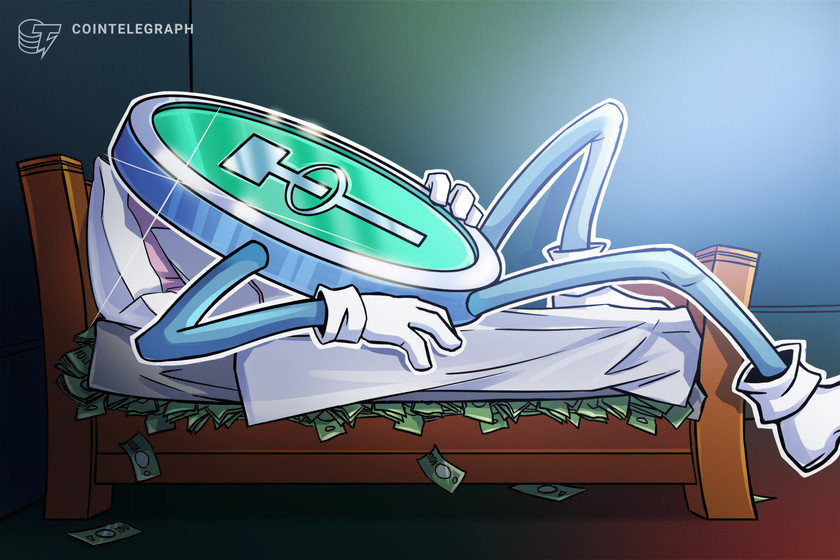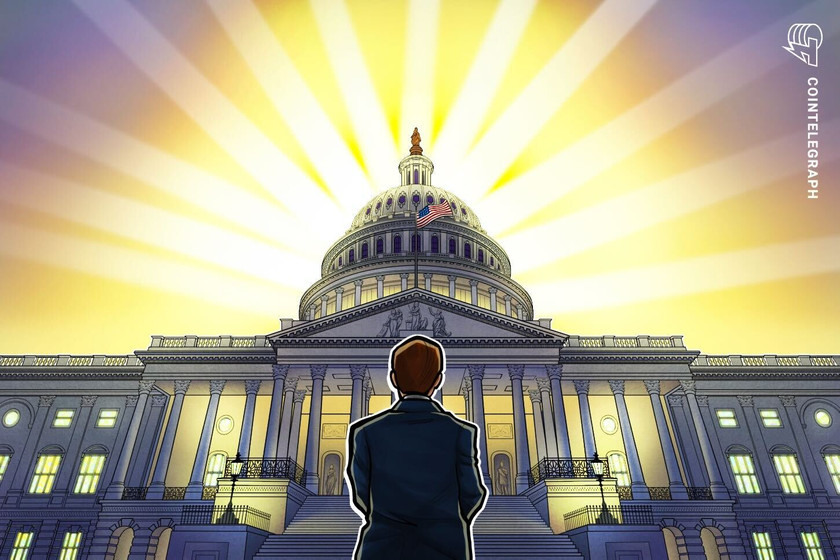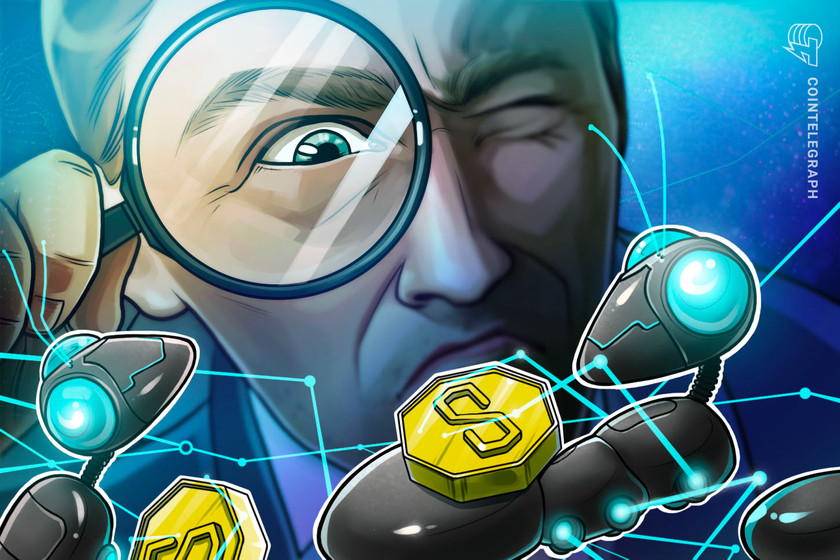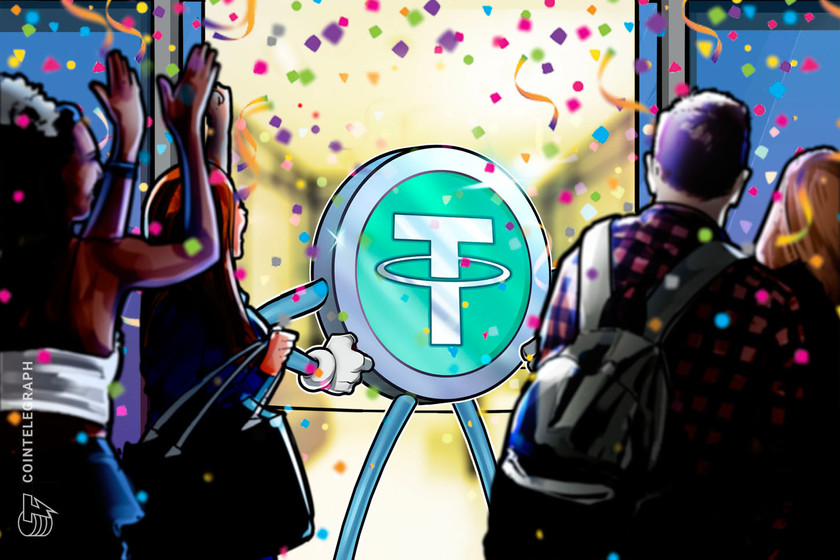All eyes are on stablecoins: Law Decoded, April 10–17


A week before a hearing in Congress, the United States gets stablecoin regulatory framework.
Last week came in preparation for April 19, when the United States House Financial Services Committee will hold a hearing on stablecoins. The hearing will include information collected by various federal government agencies over the last year. Among the participants are Jake Chervinsky, the chief political officer at the Blockchain Association, and Dante Disparte, the chief strategy officer of Circle.
On the hearing threshold, a new draft bill appeared in the House of Representatives document repository. The draft provides a framework for stablecoins in the United States, putting the Federal Reserve in charge of non-bank stablecoin issuers. According to the document, insured depository institutions seeking to issue stablecoins would fall under the appropriate federal banking agency supervision, while non-bank institutions would be subject to Federal Reserve oversight. Failure to register could result in up to five years in prison and a fine of $1 million. Foreign issuers would also have to seek registration to do business in the country.
Among the factors for approval is the ability of the applicant to maintain reserves backing the stablecoins with U.S. dollars or Federal Reserve notes, Treasury bills with a maturity of 90 days or less, repurchase agreements with a maturity of seven days or less backed by Treasury bills with a maturity of 90 days or less, and central bank reserve deposits.
SEC targets DeFi in a vote to revisit proposal concerning the definition of ‘exchange’
The U.S. Securities and Exchange Commission (SEC) has announced it will be revisiting the proposed redefinition of an “exchange” under the agency’s rules — a move that could include crypto market participants in decentralized finance (DeFi). Under the proposal, an “exchange” would be more closely defined as a system that “bring[s] together buyers and sellers of securities through structured methods to negotiate a trade” and explicitly include DeFi.
The commission proposed similar amendments in January 2022, keeping the comment period for the public open until June. Some crypto advocacy groups criticized the SEC’s actions at the time, suggesting it was an overreach of the commission’s authority.
Arizona governor vetoes bill targeting taxes on blockchain node hosts
Katie Hobbs, the governor of the American state of Arizona, has vetoed legislation that would have largely stopped local authorities from imposing taxes on individuals and businesses running blockchain nodes. The governor vetoed Arizona Senate Bill 1236, first introduced in January. The legislation aimed to revise sections of statutes pertaining to blockchain technology, mainly reducing or eliminating regulation and taxation of node operators at the state level.
The Italian regulator sets strict guidelines for OpenAI’s ChatGPT
Italy’s data protection agency, known as Garante, has specified the actions that OpenAI must take to revoke an order imposed on ChatGPT. OpenAI must increase its transparency and issue an information notice comprehensively outlining its data processing practices. Additionally, the statement requires OpenAI to implement age-gating measures immediately to prevent minors from accessing its technology and adopt more stringent age verification methods.
In addition, the regulatory agency mandated that OpenAI allow users to object to processing their data to train its algorithms. Also, OpenAI is required to conduct an awareness campaign in Italy to inform individuals that their information is being processed to train its AIs.





























